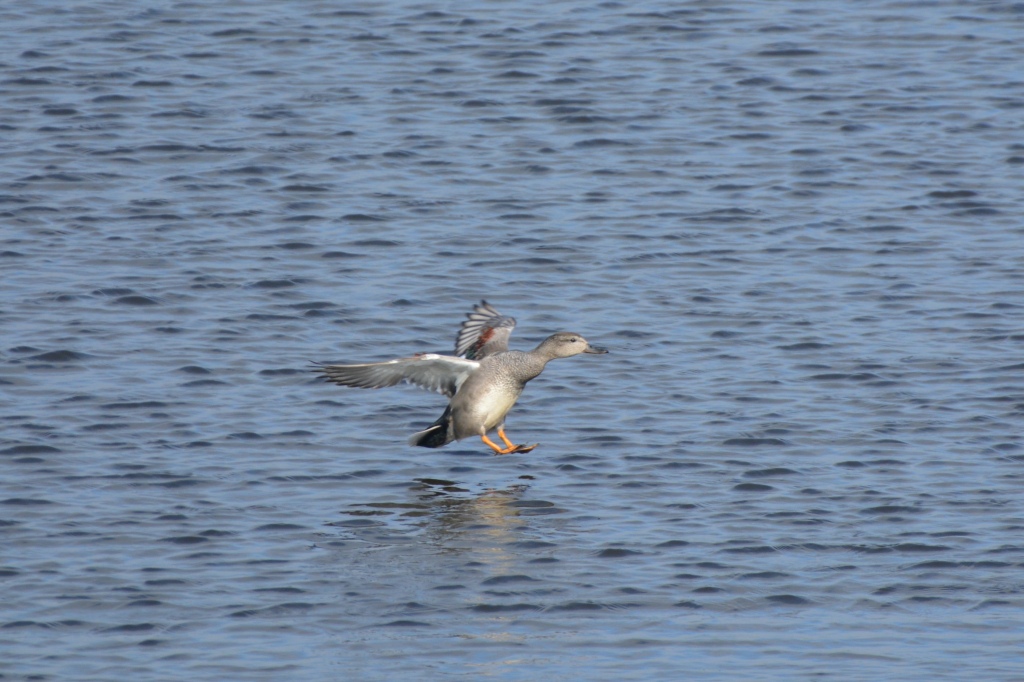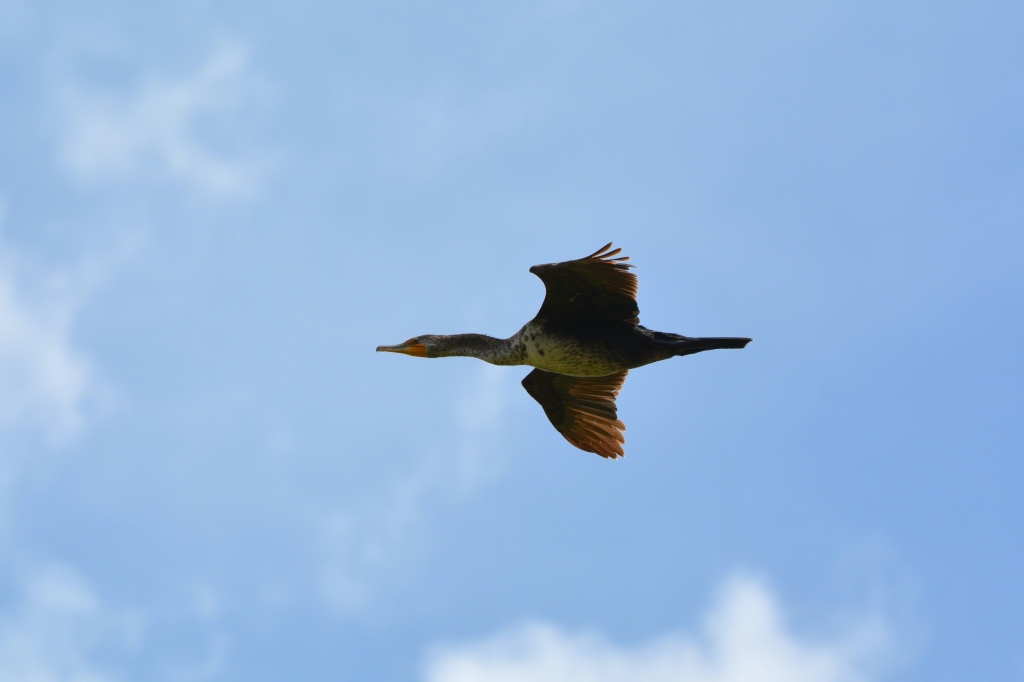
This is a ruby-throated hummingbird, or Archilochus colubris. This one’s a female, though, so she doesn’t have a ruby throat (gorget). Like all hummingbirds, she’s incredibly athletic, having the highest metabolism of any animal, able to beat her wings over 200 times per second, and breathing 4 times per second at rest. And yet, despite usually needing to refuel after ten minutes, she can somehow fly for 20 hours straight across open ocean during migration season.
Photo taken: Aug. 28, 2022








